E-commerce has taken over the marketing industry by its simple act of buying and selling products and services through online platforms to the next level.
Shopping online is an experience that helps an individual to save time and energy and is very beneficial for the end-users, and brings good profits for the business.
In 2019, the eCommerce industry was set to have an impressive growth compared to other marketing styles. The growth with selling and buying goods and services was worth USD 3.53 trillion, according to Oberlo statistics.
While the projections for the eCommerce industry’s upward growth are promising, it all boils down to what they mean for your business.
How can you make your online business reach newer heights? What new strategies can you incorporate to increase profits, achieve better brand recall, and get a higher consumer base?Here is a list of strategies to grow your business this year to get answers to these questions.
Online marketing is one of the top places to sell products and services over the internet by using fewer resources than any other marketing style. It involves having to be creative and technical, like designing, advertising, sales, and other marketing techniques on the internet.
Table of Contents
#1. How to grow your eCommerce business?
1.1 Why is it important?
Ecommerce businesses have shifted to social media marketing/ online marketing as it reached the consumer faster than other marketing tools.
Social media is a vast industry that is highly popular among most of the well-established companies. It helps you sell products directly to the consumer without a middle man or giving them a sales pitch, which saves a lot of time and money to the business.

Promoting your brand using online forums, which are also known as digital marketing, includes video channels, apps, banner ads on the websites, email marketing, and so on.
Digital marketing helps you increase brand awareness and achieve your marketing objectives through a self-replicating viral process word of mouth can be done by enhancing your network effects on the internet, such as your website and social media platforms. Viral promotions can include flash games, ebooks, videos, images, or even text messages or emails.
![Content Types To Create for eCommerce [Complete Guide]](https://monetize.info/wp-content/uploads/2020/06/Content-Types-To-Create-for-eCommerce-Complete-Guide.webp)
Small businesses also find online networking to be very much valuable as an article from 2017 states that 60% of startups use social media platforms such as Facebook, Instagram, Twitter to market and promote their business brands and succeed.
1.2. Struggling with your E-commerce business?
Most of the eCommerce business owners seem to think that being a successful internet marketer is easy just by getting a website built and getting their domain name does not conclude any business’s success. They could not be far farther from the reality of successful business brands.
![Must Read Books For Every eCommerce Entrepreneur [+ Video Summaries]](https://monetize.info/wp-content/uploads/2020/08/Must-Read-Books-For-Every-eCommerce-Entrepreneur-Video-Summaries.webp)
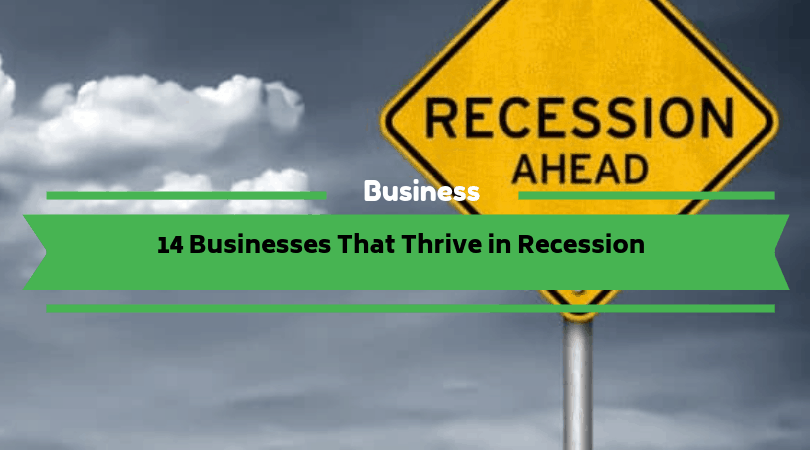
Every business runs uniquely by adapting various suitable techniques according to the business types. There is no magic button to push to have instant fame and success or massive traffic to million-dollar websites and social media platforms.
Digital marketing for any e-commerce business needs a lot of effort. It does not run in autopilot mode. It’s crucial to establish internet marketing tools and types that suit your brand.
We need a lot of researching processes to figure out marketing techniques suitable for your business. Building an eCommerce business takes time and money; hence, be prepared to invest time to achieve your success.
Some of the strategies that play an essential role in running a successful business in 2020 are listed below.
- Identify and Learn About Your Customers
- Add Carefully to Product Portfolio
- Promote through Intelligent Content
- Implement Email Marketing
- Utilize Social Media Tools
- Mobile Compatibility
- Web Application Maintenance:
- Increase Trust & Credibility
- More Images, Better Desirability
- Become Logistically Sound
- Augment Customer Service
- Consider Outsourcing
#2. Omnichannel strategies
Right omnichannel shopping goes beyond brick-and-mortar locations to mobile-browsing, online marketplaces, social media, and wherever your users browse online through retargeting ads.
Omnichannel retail doesn’t require you to be everywhere, just everywhere your customers are. This distinction is what separates top-performing enterprises from the rest.
Omnichannel retailing is a fully-integrated approach to commerce, providing shoppers a unified experience across all channels or touchpoints.
2.1 What is an Omni-Channel Strategy?
An omnichannel retail strategy is an approach to sales and marketing that provides customers with a fully-integrated shopping experience by uniting user experiences from brick-and-mortar to mobile-browsing and everything in between.
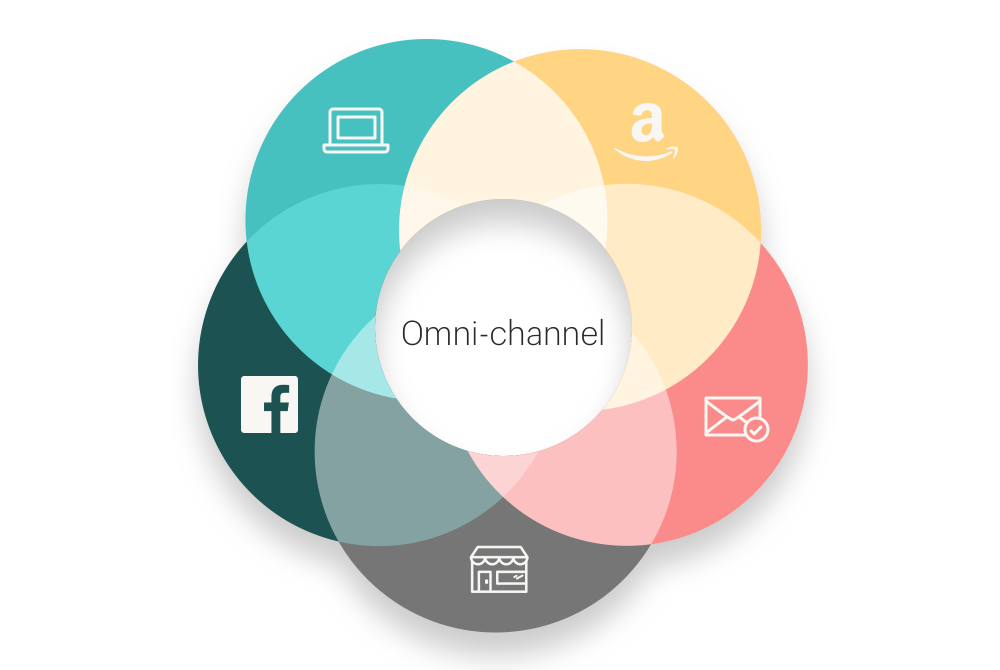
2.2 Why Create an Omni-Channel Strategy?
The use of an omnichannel experience can increase sales drastically. Having multiple channels as one point of contact, studies show that shoppers loved it when an integrated omnichannel experience was available by the eCommerce brands. The interaction with the customers by omnichannel experience was 4% more in the store than online.
According to a Harvard Business Review study that analyzed 46,000 shoppers to determine what impact omnichannel retailing had on their shopping experience:
- 20% were store-only shoppers
- 7% of shoppers exclusively shopped online
- 73% used multiple channels
2.3 How to implement Omni-Channel Strategy for your eCommerce business?
- Firstly, analyze your business objectives and strategies for retail sales by figuring out which your customers use platforms or mediums daily.
- By using google analytics, you can filter out the popular channels for your business. They can give you a specific place by driving people to your site.
- Identify the marketing attribution or channels and campaigns that best deserve proper credit for driving the sales.
- Shopify Plus users will be able to add the attribution connector for step by step manual labor. It provides graphs, charts, and data from advertising channels by comparing the customer’s activity and costs.
- Make Every Touchpoint Shoppable
- Bridge the Gap Between Online and Offline
#3. Cross-border Commerce
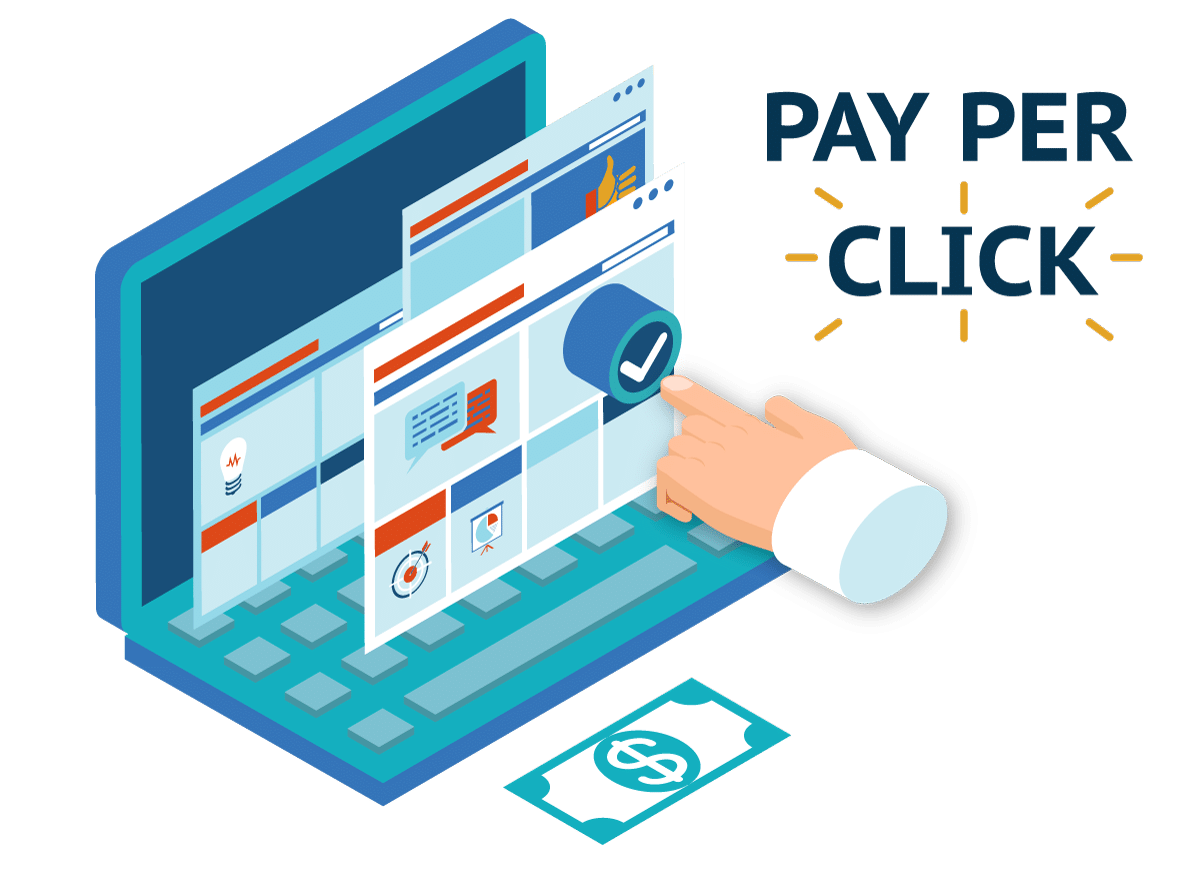
It’s said that eCommerce has gathered a lot of momentum in the last two years as consumers’ purchase from outside the border has increased.
3.1 Advantages of Cross-border Ecommerce
Cross border e-commerce helps you sell products and services online to different countries out of your border. It helps you to make more profit by selling overseas and also helps you gain brand awareness. Introducing your product to new markets helps you increase the sales and revenue of your business.
3.2 Risks of cross border eCommerce
Although it’s a huge turnover to introduce your products to a new market, it also comes with a challenge whether there is a need or demand for your product in the new marketplace? How will you handle the returns? Would you be able to ship to the given countries?
3.3 How to create a cross border e-commerce strategy for your eCommerce business
The most effective method that can be adopted is by adding new market places within your current selling online platforms such as Amazon, eBay, etc.
Some of the steps that can help your strategies your success in cross border e-commerce business are :
2. Follow Each Country’s Regulations
3. Choose a Trustworthy Payment Provider
6. Invest in Marketing Overseas
7. Consider Local Return Option
#4. PPC Advertising

4.1 Paid advertising strategy
- Google Ads – Google ads are a marketing tool that offers paid advertising that appears on search results on google.com using ads that also appear on websites through display network and google Adsense program.
- Facebook Ads – Facebook ads are similar to Google ads, which in turn means both platforms help you advertise your product and service by promoting their business through the internet. However, while Google ads help you find new customers while facebook helps new customers to find you.
- Instagram Ads – Instagram ads focus on stories or posts that a business pays to promote. Unlike Google ads and Facebook ads, Instagram provides feeds to the customers that look similar to the regular posts with sponsored labels on the post. It also includes the call to action that drives the traffic and conversation among the followers.
4.2 What to choose between these PPC Platforms?
PPC platforms work on the same rule to promote the business in any shape or form on digital platforms. Although we have many PPC platforms to choose from, these steps mentioned below will help you make the decision easier.
Steps for creating an effective PPC campaign:
- Defining Your Ideal Target Audience
- Finding the Right Optimized Keywords and Phrases for Your Business
- Expanding Your Exposure and Reach
- Identifying the Actual Costs of a PPC Campaign
4.2.1. Defining Your Ideal Target Audience
Just using basic SEO techniques and a barebones content strategy will get you many random visits to your website. But as a business that’s trying to grow, you don’t want random visits but genuine leads. Converting those leads to returning customers starts with finding and segmenting your customers.
You can narrow down your target audience by creating a customer profile. This is our ideal customer persona – a person who is actively looking for your products and services.
4.2.2. Finding the Right Optimized Keywords and Phrases for Your Business
![How to do Keyword Research [Complete Guide]](https://monetize.info/wp-content/uploads/2017/07/keyword_research_complete_guide.webp)
Researching the keywords competitors are using by analyzing their metatags and using those in your eCommerce content is also recommended. There are many keyword research tools like SEMrush and Google Trends that help out with this. These reveal statistics about search volumes, trending keywords, and keywords that are new and not very popular yet.
4.2.3. Expanding Your Exposure and Reach
Search Engine Optimization for your website and blog posts will undoubtedly do wonders for your engagement and reach. But optimizing every element and the visuals that go into creating your email lists will also work. Growing eCommerce brands have mastered this craft by tweaking every element on their website. Marketers work on the content copy and make It persuasive enough for audiences to reach.
The goal should be to add value to your content and not merely push sales. Create high-quality posts and use hashtags in relevant places for your content. The CTAs, fonts, size, placement, and designs for online sign-up forms and mailing lists will influence overall engagement and reach.
4.2.4. Identifying the Actual Costs of a PPC Campaign
PPC campaigns help you generate revenue for every sale you make for every click. For example, for every 1 dollar you spend on your campaigns, you might be looking to generate a revenue of $5 per sale.
Google Ads has a keywords planner that will help you identify your target keywords and set your bids’ budget. There are many ways to determine your monthly PPC budget after you’ve decided on how many leads you want.
4.3 How to Create a PPC Strategy for your eCommerce business?
Good PPC campaign strategies can drive traffic to your website in hours and not months, unlike inbound marketing efforts. Google displays ads at the top of search engine rankings that are relevant, offer high-value, and target the right keywords. If you use the right PPC strategy for your business, you will be getting this right.
Here are a few tips that will help you ramp up PPC eCommerce campaigns.
- Think about where to advertise
- Keep your shopping feeds up to date.
- Setup proper eCommerce tracking
- Optimize your shopping ads
- Focus on Quality content
- Stay competitive.
4.3.1. Think about where to advertise
Over billions of dollars are made in sales through Google alone. You can target any niche as long as it has keywords with high commercial or purchase intent. However, Google’s not the only PPC advertising network. Marketers find that Bing and Yahoo give satisfying results, too, with lower costs per click for every campaign. A WordStream research indicated how Bing fared better than Google by achieving the same results but with a lower cost per click value.
4.3.2. Keep your shopping feeds up to date
Make sure the data in your shopping feeds adhere to Google’s Ad data feed specifications. Optimize your product titles, check the descriptions, and make sure the images used are of high quality. Your product inventory should be up-to-date, and if you need quick tips on how to update your shopping feeds.
4.3.3. Setup proper eCommerce tracking
eCommerce tracking is a feature inside Google Analytics that lets you analyze the various metrics like bounce rates, sales, billing locations, etc., with your website data.
4.3.4. Optimize your shopping ads
Shopping ads should be optimized based on the level of commercial intent the target audience has. There are just so many areas to cover in this, but reading up on Google Shopping Campaign optimization strategies is the best way to go about it.
4.3.5. Focus on Quality content
If your content doesn’t deliver value to your target audience, Google won’t show it. Ensure what you present in your ad copy, and blog posts are unique and free of any plagiarism. High-quality content often includes backlinks, reports/statistics, and show evidence through testimonials and reviews.
4.3.6. Stay Competitive
Top eCommerce brands are established authorities in their respective niches. Staying competitive in the eCommerce market means being unique and not the same as your competition.
Automate your marketing campaigns and stay up-to-date with the latest consumer and technology trends for this. And narrow down your product/service niche as much as possible.
#5. Affiliate Marketing
This is a model where a company pays a third party, called an affiliate, to generate leads to its services and products.
If you don’t know yet much about affiliate marketing, you should check our affiliate marketing for beginners’ complete guide. Also, here is a list of 65+ affiliate marketing high paying programs that can inspire you. Now you should know enough about affiliate marketing, so check the best 21 affiliate marketing networks you can signup for.
![Affiliate Marketing for Beginners [Complete Guide]](https://monetize.info/wp-content/uploads/2019/04/Affiliate-Marketing-for-Beginners-Complete-Guide.webp)
5.1 Does Affiliate marketing work now?
Yes, affiliate marketing still does work. The things online might change, but the basics remain the same.
Most successful eCommerce stores using Affiliate marketing. Amazon, eBay, The Home Depot, Zappos, and other well-known online sales platforms are now a reference for those who want to try affiliate marketing.
Affiliate Program can be beneficial to reach out to your eCommerce business :
- Direct Sales: Earn a commission from the traffic that drives a sale.
- Leads: Earn commissions for form submissions, content downloads, social media follows, email sign-ups, etc.
- Clicks: An advertiser looking to generate a large amount of traffic might pay an affiliate on a cost-per-click basis.
5.2 How to implement an affiliate marketing strategy for your eCommerce business?
You can use many affiliate marketing tools to grow your business, like Radius, Rakuten, and Amazon. You can make a solid affiliate marketing strategy to attract more affiliates who want to work with you and promote your brand. Here are some ways to do that.
5.2.1. Indirectly grow your sales team
Using indirect sales channels is an effective way to grow your sales team. If your product has received good feedback and doesn’t require a lot of research to use, you can partner with different websites and market them through those.
5.2.2. Improve customer loyalty
Offering promo codes during signups, email newsletters, and promotional offers that align with their interests are good ways to build customer loyalty. Automate your email campaigns, give samples and free referrals, and delight your audience from time to time to help them stay interested.
5.2.3. Multiple paths to conversion
Looking into analytics and reviewing every stage of the buyer journey will help you optimize multiple paths to conversion. From the landing page to the items and shopping cart, all the elements on your website are multiple conversion paths.
The goal of website optimization is to get your leads to take the next step to conversion throughout the different stages of the sales funnel.
5.2.4. Better budgeting and ROI
You can budget better by optimizing your bids and allocating higher budgets for eCommerce strategies that are doing well. This ensures higher ROIs, but you have to define your KPIs before that. Good KPIs for PPC and affiliate marketing campaigns are click-through rates, cost per click, and Google’s quality score.
5.2.5. Enhance credibility
Enhancing your credibility lets you stand out from the crowd and be genuine in your business. Leverage user reviews, testimonials, comments, and put these up on your website and Instagram feeds. You can ask influencers in the industry to guest post on your blog or write about your brand to establish more credibility and authority in your niche.
Further readings on affiliate marketing:
Conclusion
It’s important to remember and implement the given strategies for your growing business to step in the right direction and achieve your goals by adopting these digital marketing tools and ideas.
 Monetize.info We Help You Grow & Monetize Your Online Business!
Monetize.info We Help You Grow & Monetize Your Online Business!

![How to Grow your eCommerce Business Fast [Ultimate Guide]](https://monetize.info/wp-content/uploads/2020/07/How-to-Grow-your-eCommerce-Business-Fast-Ultimate-Guide.webp)
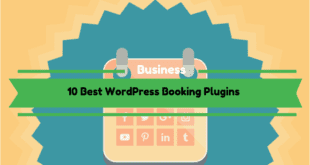
![How to build backlinks for eCommerce [The Ultimate Guide]](https://monetize.info/wp-content/uploads/2020/07/How-to-build-backlinks-for-eCommerce-The-Ultimate-Guide-310x165.webp)



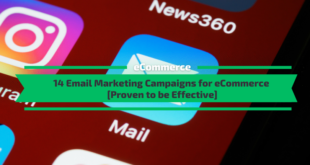
With post digital era, it is no wonder that eCommerce is going to be the way of lifestyle in commercial industry thanks to advent of technology. This article is very insightful and informative guide for any beginners and bussing entrepreneurs to enhance their e commerce business. Thanks for sharing.